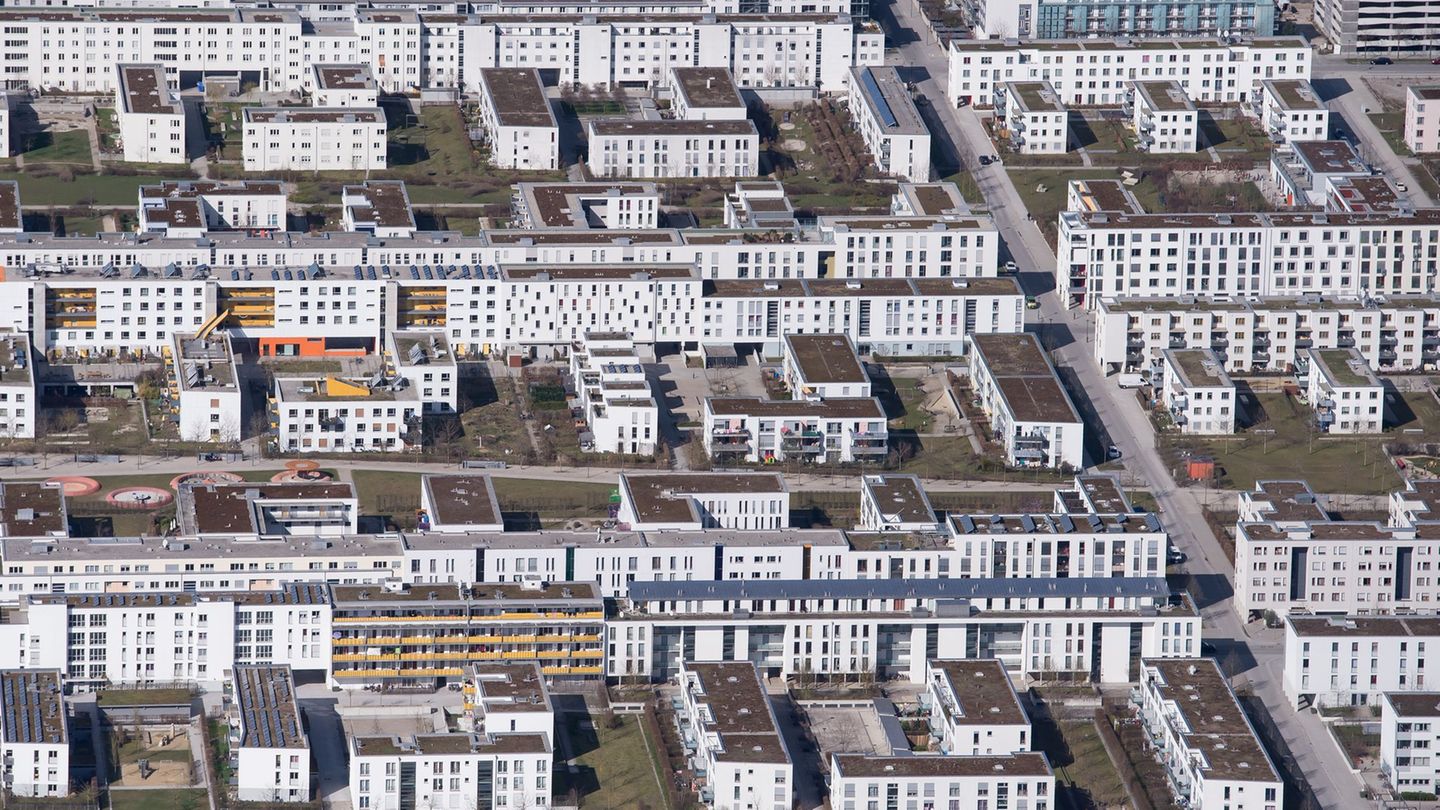The terrain in Mariupol is made for defenders: square kilometers filled with railroad tracks, warehouses and tunnels. For the Russian attackers, this means poor visibility and obstacles. For both, however, the struggles will drag on.
The conquest of the southeastern Ukrainian city of Mariupol by Russian forces, which has been under siege for weeks, seems inevitable. However, the remaining defenders of the port city could prolong the fighting. The industrial complex they’re holed up in is pretty defensible. The extensive tunneling of the area also plays into their cards.
Terrain made for urban guerrillas
The fighting in Mariupol has been centered on the sprawling industrial complex of the Azov Steel and Azovmash Works for some time. The terrain is made for an urban guerrilla: several square kilometers full of railroad tracks, warehouses, coke ovens and chimneys. For attackers, this means poor visibility, holes, obstacles and potential traps at every turn, also because of the numerous tunnels.
According to information that cannot be independently verified, there are underground passages up to 30 meters deep with a total length of more than 20 kilometers under the factory site. “It’s a city within a city and there are several subterranean levels from the Soviet era,” said Eduard Basurin, representative of the pro-Russian separatists fighting in Mariupol.
There are plenty of examples of the extremely effective military use of tunnels: the Vietcong’s Cu Chi tunnels near Saigon, the tunnels used by Hamas in battles against the Israeli army, or the tunnels used by the IS militia in the battle for Mosul in Iraq.
A comparison with the Battle of Stalingrad in World War II also lends itself to this. At that time, the fighting in the city was concentrated in an industrial area around the “Red October” steelworks. “The Soviets used underground passages, sewers and tunnels to get behind the German lines,” says a French military official.
“You have to clean up underground”
Even 80 years later and despite modern military technology, the underground for defenders has not lost its advantages. Aerial attacks, like snipers and satellite surveillance, are largely useless when the enemy is hiding underground. “It’s not possible to bomb from above, you have to clean up underground,” says military representative Basurin about the situation in Mariupol. “This will take time.”
It is “impossible” for Russian forces to enter the tunnels, says Alexander Grinberg, an analyst at the Jerusalem Institute for Security and Strategy (JISS). They “can try, but then they will be massacred because the defenders of the tunnels have the absolute tactical advantage”.
However, the problems facing the tunnel defenders are the same as they were 80 years ago: the difficult supply of food, water and ammunition, the difficult communication, the danger of collapses. The Ukrainian soldiers in Mariupol also probably lack technical equipment such as night vision goggles.
The Russian attackers could try to flood the tunnels. The use of gas or other chemicals is also conceivable. Last week, Basurin considered “contacting chemical troops, who will find a way to smoke out the moles in their holes.”
Source: Stern
David William is a talented author who has made a name for himself in the world of writing. He is a professional author who writes on a wide range of topics, from general interest to opinion news. David is currently working as a writer at 24 hours worlds where he brings his unique perspective and in-depth research to his articles, making them both informative and engaging.




